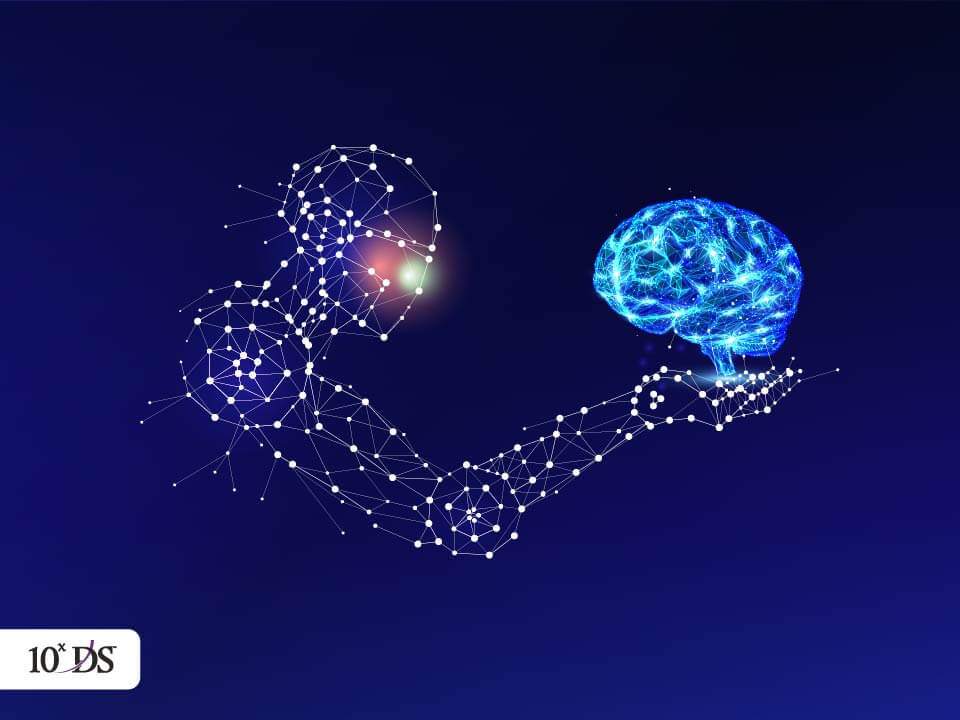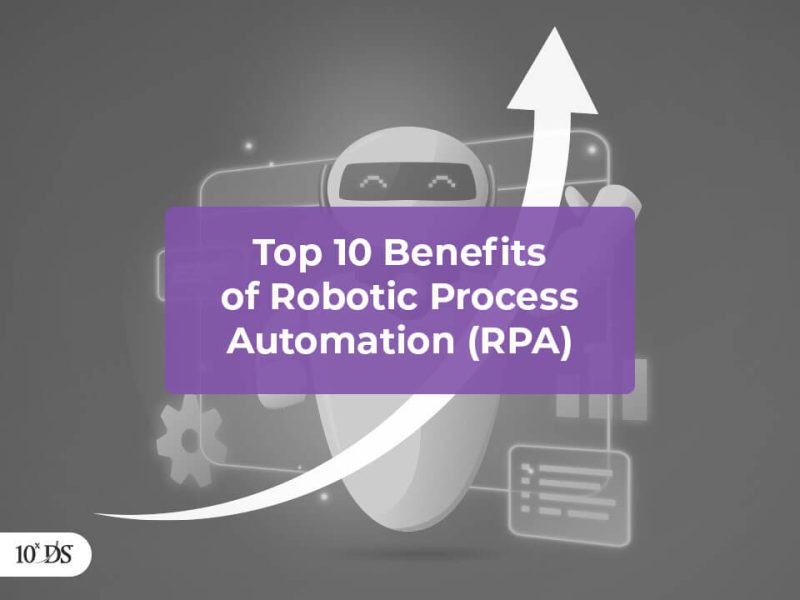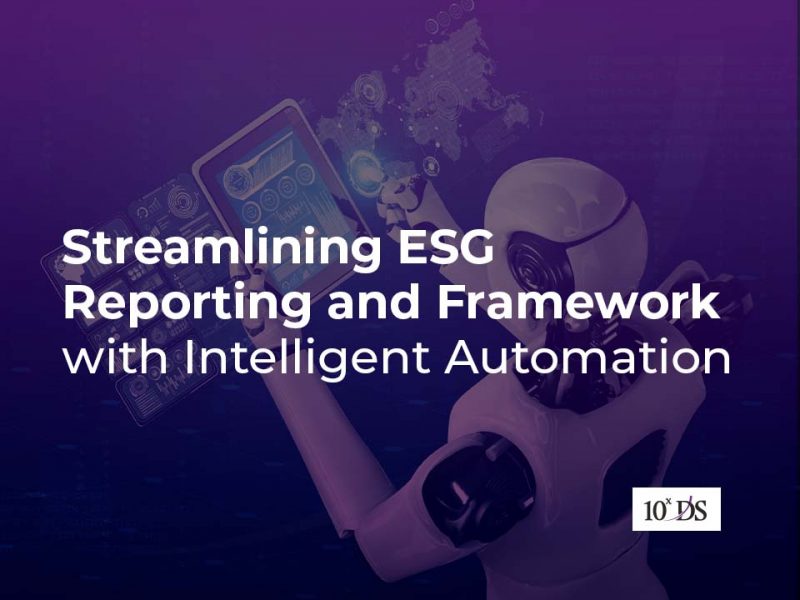
Redesign Audit with Intelligent Automation
A flawed audit program design defeats the very purpose of audit. Auditors face enormous challenges in gathering enough audit evidence due to lack of a robust document management process. With lack of a workflow within various functions and disparate systems, auditors find it very challenging to stick to the audit plan/schedule and reporting was becoming increasingly complex.
Earlier, auditors could only think about using excel macros when it comes to automation. But with the advent of emerging technologies, more and more processes were getting automated. Some of the easily adaptable use cases from earlier automation trend are:
- Document and evidence management
- Artifact gathering
- Verification and validations of artifacts
- Interactions with GRC platforms and other automated tools
- Follow-ups and reminders
- Issue reporting and response validation
- Initial report generation
- Remediation status checks and follow-ups
However, with technologies getting more advanced with machine learning and artificial intelligence, core audit processes are being transformed. Let’s have a closer look at it.
1. Business controls
Controls are consistent repeated activities involving logs and documentation and hence a great candidate for automation. Execution of various checks and balances can be automated to make it more efficient and effective.
For example, reconciliations, post-transaction checks/validations, online transactions, etc. if done manually takes considerable effort, but once automated they can be tested and reviewed real-time or through scheduled activities using Intelligent Automation (IA).
2. Control Testing
Evaluating a control’s operating effectiveness by performing periodic management testing can be made more frequent with RPA. With manual testing the efficiency of Control Testing is less due to high volume and inadequate samples. With automated testing, full populations of data rather than sampling can be tested which will result in greater confidence on the controls. Pre-defined testing plans and test scripts can be executed via automation.
In the event of a control deficiency, it can be intimated to get real-time results. Remediations that require continuous follow ups for a longer duration will yield greater results with IA.
3. Compliance testing
IA can be used in in compliance tests in order to be assured that the evidence being reviewed as part of an audit is valid. This involves reviewing documentation and validating the data from event logs to see if procedures have been followed correctly.
For example, in case of a revenue audit, auditors can make use of an Intelligent Automation program to automatically match purchase orders, invoices, and shipping documents. The program can check that the price and quantity on each of the documents match.
4. Monitoring and surveillance
Detection of alerts and prioritizing them based on certain logic assigned through automation makes it easier for a focused alert investigation. Robots also makes monitoring easy to identify suspicious and unknown patterns of activities.
Through RPA, system tests, test data execution, scripted test runs, log verification, etc. can be automated and run real-time to attain immediate detection capabilities.
5. Fraud detection
RPA with cognitive capabilities could be used for detecting and curbing fraud effectively. Information that may be subject to manipulation are identified as and verified using AI methods.
Validation of data and signature authenticity can be verified. Some of the tests are signature color test, text test, cut & paste test, uniformity test, test for broken digits, textured background and unaligned text etc.
With adoption of intelligent technologies, Audit process is looking to reap great benefits
- Greater coverage – More processes and more departments can be brought under the purview of audit rather than sampling
- Increased visibility for audit
- Ability to provide more real-time monitoring to enable correction and prevention on time
- Reduced cycle time and manual effort for audit
- Cost savings
- Quality enhancements
- Risk reduction & increased risk intelligence
Concluding with a real-life case that 10xDS solved with Intelligent Automation
10xDS brought in AI solution for an Audit firm based in Australia to extract the key information from contract documents to reduce the cycle time for the auditors. Auditors were to thoroughly review multiple-page contract documents to identify key information and make manual calculation and manual scheduling of payments. 10xDS conducted discovery workshop along with domain expert form to identify the key information to be extracted from the documents and designed an AI solution that can process multiple types of contracts with a descriptive analytics interface for data consolidation. The solution helped the firm move from control testing to substantive testing and maximize audit coverage on critical areas like contract vouching/testing
Talk to our experts to know more and kickstart your automation journey.


